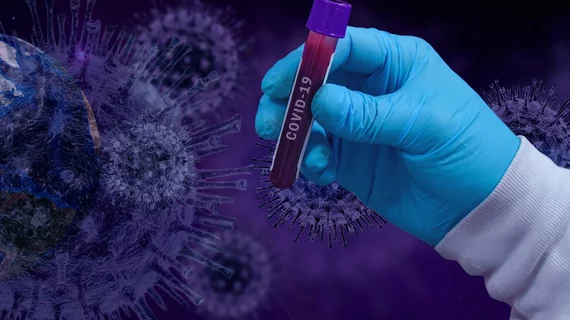Sudden cardiac arrest can be much more fatal when a patient is already battling COVID-19, according to a new study published in European Heart Journal. This is true for both out-of-hospital cardiac arrest (OHCA) and in-hospital cardiac arrest (IHCA).
The study included more than 1,900 cases of OHCA and more than 1,000 cases of IHCA. All patients were treated in Sweden from Jan. 1 to July 20, 2020. During the pandemic—the authors chose March 16 as its official beginning—10% of OHCA patients and 16.1% of IHCA patients had ongoing COVID-19.
Overall, before the pandemic, 7.6% of OHCA patients and 36.4% of IHCA patients were still alive after 30 days. Once the pandemic started, the survival rates after 30 days were 9.8% for OHCA patients without COVID-19 and 39.5% for IHCA patients without COVID-19. Looking at patients with a confirmed case of COVID-19, however, survival rates after 30 days were 4.7% for OHCA patients and 23.1% for IHCA patients.
Also, while 83.4% of OHCA patients with COVID-19 died within 24 hours, that number was 60.5% for IHCA patients.
“Our study clearly shows that cardiac arrest and COVID-19 is a very lethal combination,” first author Pedram Sultania, a PhD student at the University of Gothenburg in Sweden, said in a statement. “Patients with the coronavirus should be monitored intensively and measures taken to prevent cardiac arrest, for instance with the use of continuous heart monitors for patients at high risk.”
Reviewing the data, Sultania et al. determined that an OHCA patient’s risk of dying nearly tripled if they had COVID-19. For IHCA patients, the risk more than doubled.
The team also found that patients were less likely to be monitored with electrocardiograms (ECGs) if they had COVID-19, a choice that could potentially cost a patient his or her life.
“We believe that COVID-19 patients should be monitored with ECGs and monitored for oxygen saturation, as this would allow for prompt recognition of irregular heartbeats and declining oxygen saturation,” senior author Araz Rawshani, MD, PhD, also from the University of Gothenburg, said in the same statement.
Read the full analysis here.

